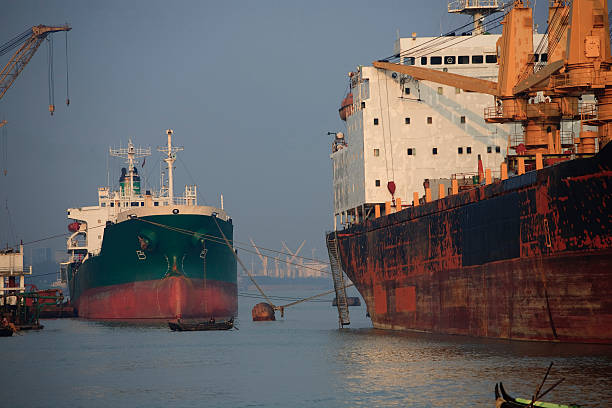Bangladesh’s export earnings fell 3 percent in August, sliding to US$3.91 billion, largely due to slowing garment shipments to the U.S. under the newly introduced reciprocal tariff regime. Garments, which make up more than 80% of the nation’s export earnings, saw particular weakness - knitwear down 6.34% and woven garments off 2.65% year-on-year over the two-month period.
Despite the monthly drop, the first two months of FY 2025–26 (July–August) still posted US$8.68 billion in exports, up 11% year-on-year. Exporters point to uncertainty over the U.S. tariff structure as a key culprit: many buyers delayed orders until the tariffs were finalized. However, with the effective tariff fixed at 36.5% for Bangladeshi goods, local manufacturers hope renewed clarity will restore momentum.
Meanwhile, non-garment sectors showed resilience: jute & jute-goods exports climbed ~9%, reflecting rising global demand for sustainable, natural-fiber alternatives. As export challenges persist, the key to navigating this volatility may lie in diversifying the export base, leveraging tariff advantages, and ensuring that domestic production and logistics are robust enough to capitalize on renewed orders.











